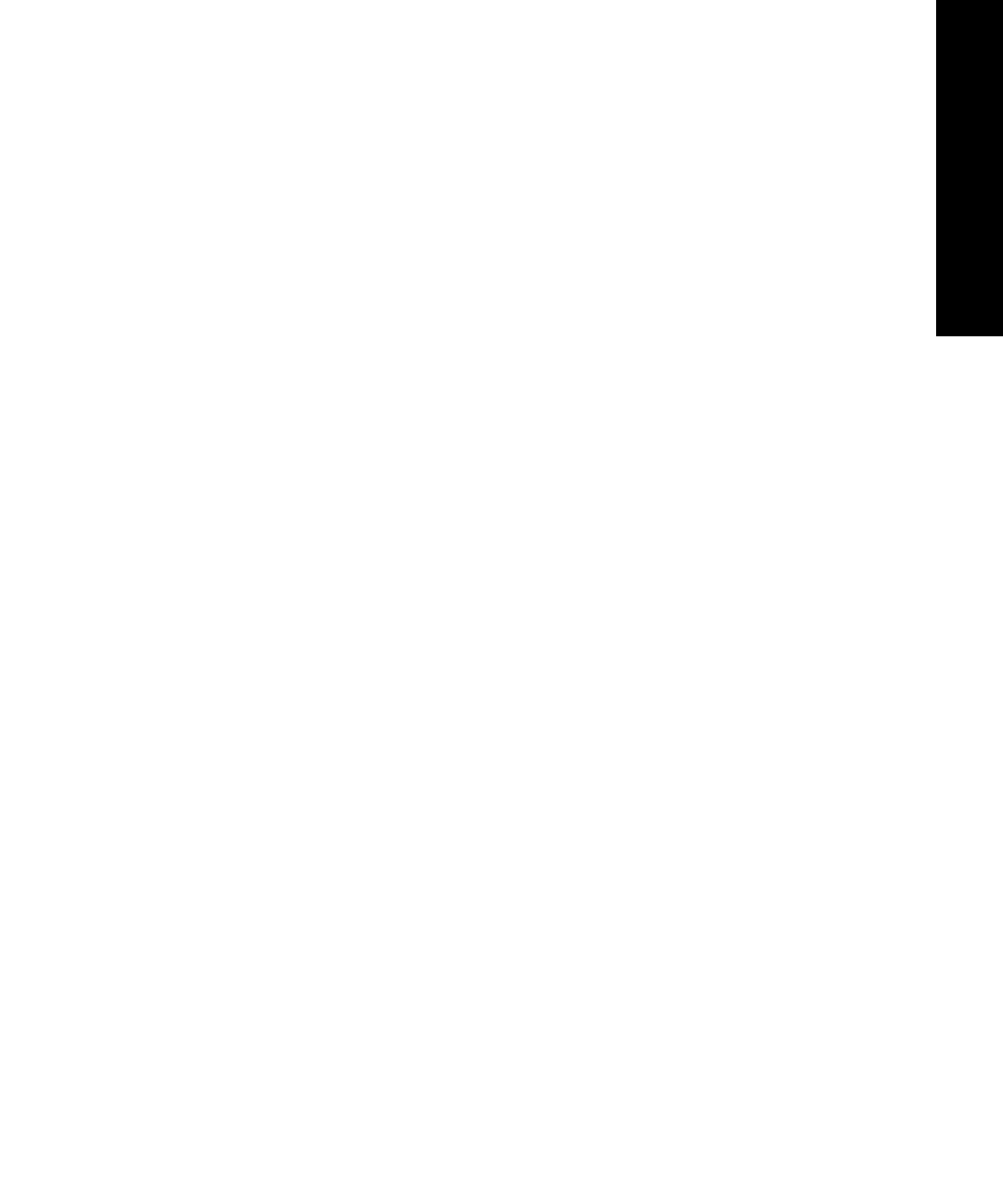About Tuning
Model 493.02 Controller Service
Tuning
197
Command sources The program command source can come from an internal source (such
as the Function Generator application) or from an external device
(such as an external profiler or function generator).
Displacement control Displacement control mode uses the LVDT sensor in the actuator as
the controlling feedback source.
• Displacement control mode only needs to be tuned once.
• Does not need a specimen installed for tuning.
• Displacement control uses a square wave when tuning an LVDT
but not when tuning a displacement gage.
• If gain is too low, there may not be any actuator movement.
• If gain is too high, the actuator will move quickly and noisily.
Force control Force control uses a force sensor (also called a load cell) as the
controlling feedback source.
• Tune for each type of specimen or any changes in the force train.
• Force control requires a specimen to be installed.
• Force control uses a ramp waveform for the initial tuning. If the
required results cannot be achieved, change to a square
waveform.
• If gain is too low, the system may be sluggish or unresponsive
with large static offsets.
Strain control Strain control uses an extensometer or strain gage bonded to the
specimen as the controlling feedback source.
• Tune for each type of specimen or any changes in the force train.
• Strain control requires a specimen to be installed (you may choose
to use a broken specimen).
• Use a ramp waveform for the initial tuning.
• Do not use a square waveform for tuning. A square wave can
cause the extensometer to move or fall off the specimen, which
can cause the system to go unstable.
• If gain is too low, the system may be sluggish or unresponsive
with large static offsets. Or, it may be uncontrollable.
